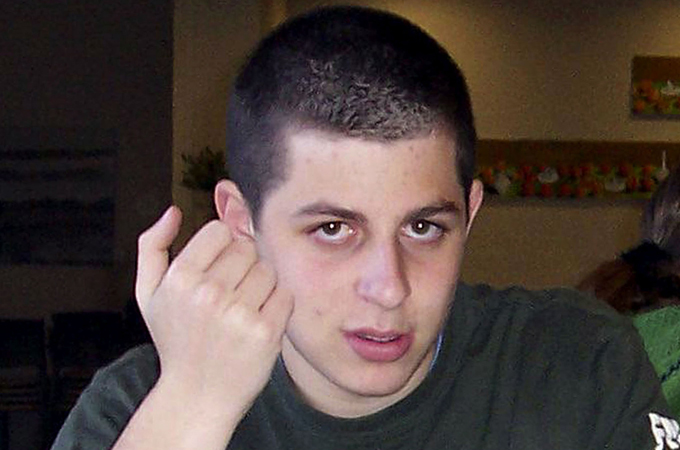Profile: Gilad Shalit
After five years of negotiations, Israel has agreed to exchange 1,027 Palestinian prisoners for the captured soldier.

 |
| Shalit, captured by Hamas in 2006, will be released in exchange for 1,000 Palestinian prisoners [Reuters] |
After five years of failed negotiations, officials from Israel and Palestinian resistance group Hamas announced a deal on October 11, 2011 to exchange captured Israeli soldier Gilad Shalit for 1,027 Palestinians held in Israeli prisons.
Born on August 28, 1986, Shalit was raised in Mitzpe Hila in northern Israel. After graduating with distinction from Manor Kabri High School in 2005, Shalit enlisted in the Israeli military – as all Israelis are required to do under Israeli conscription laws.
Upon completing his military training, Shalit volunteered to serve in a combat unit despite having what the Israeli ministry of foreign affairs has described as “a low medical profile”.
Shalit was seized on June 25, 2006 in a Hamas-led cross-border raid. At the time of his capture, Shalit was serving as a tank gunner on the Gaza-Israel border.
Shalit’s capture has since been a point of contention between Israelis and Palestinians – with Hamas saying that he could only be released in exchange for 1,000 imprisoned Palestinians and Israel refusing.
Since 2006, Israel has used the capture of Shalit to justify a number of deadly raids in the Gaza Strip, including 2006’s Operation Summer Rains – a series of large-scale battles that killed over 400 Palestinians.
One of those battles, a raid in Khan Yunis, was a failed attempt by Israeli commandos to rescue Shalit.
In 2007, Hamas released recorded message from him.
In the message, Shalit said: “It is clear that they [Israel] must accept their [Hamas] demands if they want me to be released from prison, especially since I was part of a military operation under military instruction and not a drug dealer.
“Just as I have parents, a mother and a father, the Palestinian prisoners also have mothers and fathers – and their children must be returned to them.”
The last video evidence that Shalit was still alive was in 2009.
In the video, Shalit said, “I hope that the current administration, headed by Benjamin Netanyahu, won’t waste this opportunity to achieve a deal, and as a result I will finally be able to realise my dream and be released.”
Despite seemingly hopeless attempts to secure the release of his son, Noam Shalit has tirelessly petitioned the Israeli government, Palestinian officials and Hamas representatives for his release.